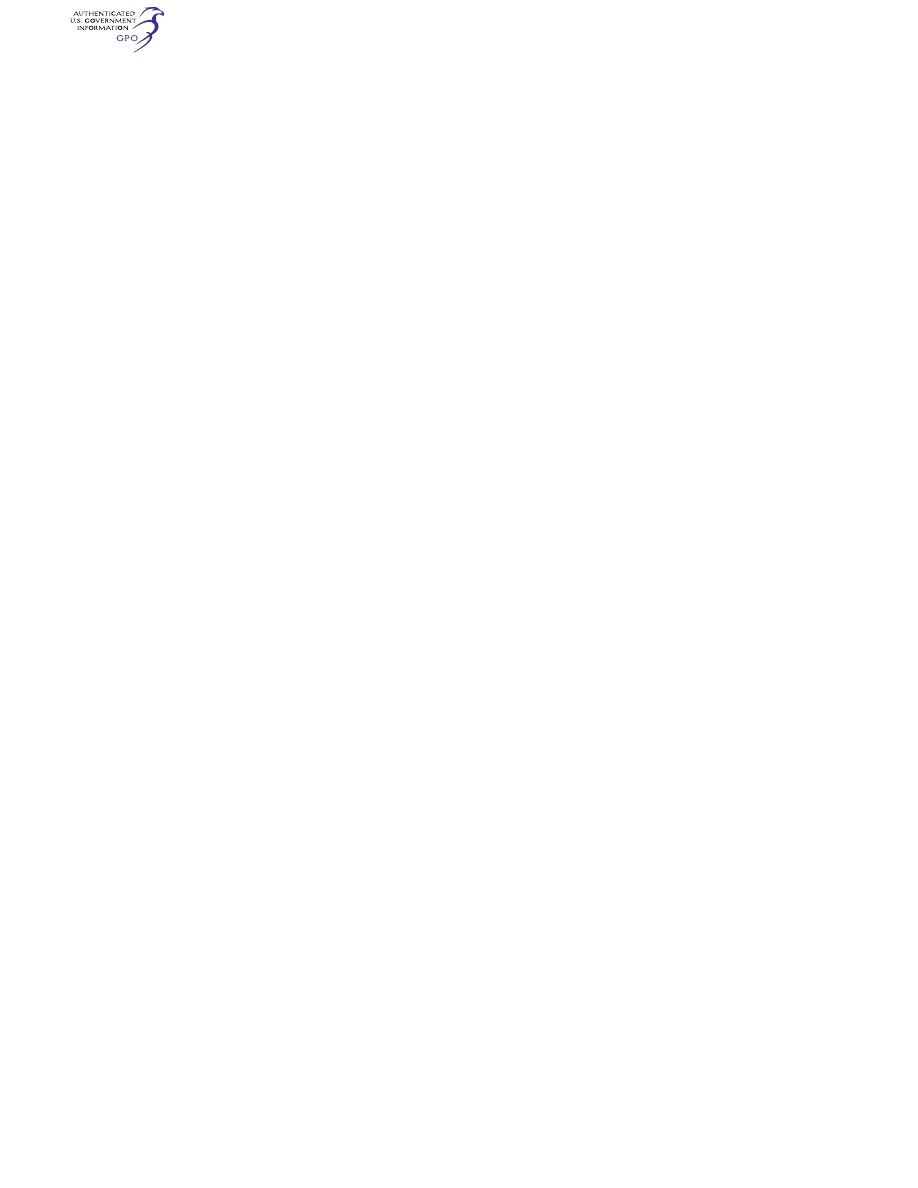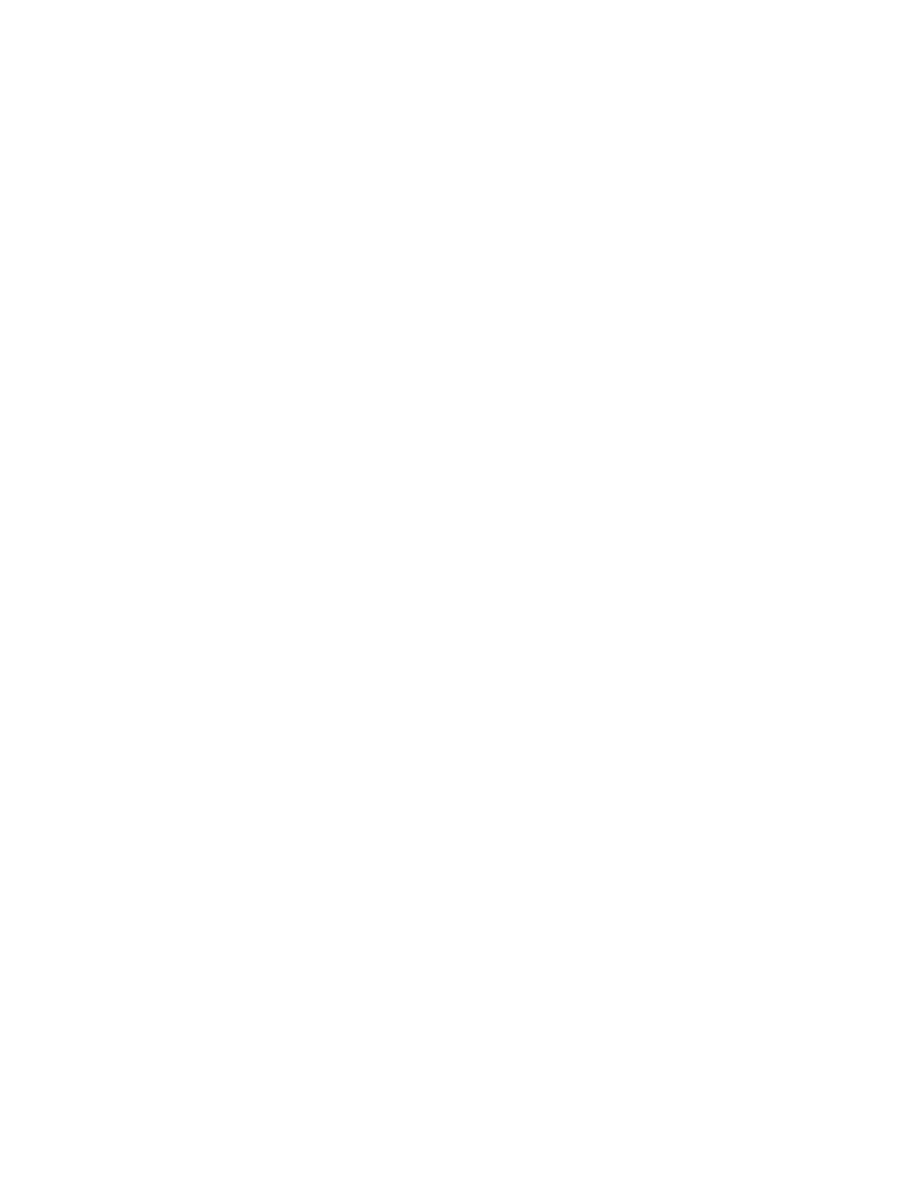
822
14 CFR Ch. I (1–1–24 Edition)
§ 91.1619
(e)
Expiration. This SFAR will remain
in effect until October 31, 2024. The
FAA may amend, rescind, or extend
this SFAR, as necessary.
[Docket No. FAA-2020-0874, Amdt. No. 91-359,
85 FR 68440, Oct. 29, 2020, as amended by
Amdt. No. 91–359A, 87 FR 57384, Sept. 20, 2022]
§ 91.1619
Special Federal Aviation Reg-
ulation No. 119—Prohibition
Against Certain Flights in the
Kabul Flight Information Region
(FIR) (OAKX).
(a)
Applicability. This Special Federal
Aviation Regulation (SFAR) applies to
the following persons:
(1) All U.S. air carriers and U.S. com-
mercial operators;
(2) All persons exercising the privi-
leges of an airman certificate issued by
the FAA, except when such persons are
operating U.S.-registered aircraft for a
foreign air carrier; and
(3) All operators of U.S.-registered
civil aircraft, except when the operator
of such aircraft is a foreign air carrier.
(b)
Flight prohibition. Except as pro-
vided in paragraphs (c) and (d) of this
section, no person described in para-
graph (a) of this section may conduct
flight operations in the Kabul Flight
Information Region (FIR) (OAKX).
(c)
Permitted operations. This section
does not prohibit persons described in
paragraph (a) of this section from con-
ducting flight operations in the Kabul
Flight Information Region (FIR)
(OAKX) under the following cir-
cumstances:
(1) Overflights of the Kabul Flight In-
formation Region (FIR) (OAKX) may
be conducted at altitudes at and above
Flight Level (FL) 320, subject to the
approval of, and in accordance with the
conditions established by, the appro-
priate authorities of Afghanistan.
(2) Flight operations may be con-
ducted in the Kabul Flight Information
Region (FIR) (OAKX) at altitudes
below FL320, provided that such flight
operations occur under a contract,
grant, or cooperative agreement with a
department, agency, or instrumen-
tality of the U.S. Government (or
under a subcontract between the prime
contractor of the U.S. Government de-
partment, agency, or instrumentality
and the person described in paragraph
(a) of this section) with the approval of
the FAA or under an exemption issued
by the FAA. The FAA will consider re-
quests for approval or exemption in a
timely manner, with the order of pref-
erence being: first, for those operations
in support of U.S. Government-spon-
sored activities; second, for those oper-
ations in support of government-spon-
sored activities of a foreign country
with the support of a U.S. Government
department, agency, or instrumen-
tality; and third, for all other oper-
ations.
(d)
Emergency situations. In an emer-
gency that requires immediate decision
and action for the safety of the flight,
the pilot in command of an aircraft
may deviate from this section to the
extent required by that emergency. Ex-
cept for U.S. air carriers and commer-
cial operators that are subject to the
requirements of 14 CFR part 119, 121,
125, or 135, each person who deviates
from this section must, within 10 days
of the deviation, excluding Saturdays,
Sundays, and Federal holidays, submit
to the responsible Flight Standards Of-
fice a complete report of the operations
of the aircraft involved in the devi-
ation, including a description of the de-
viation and the reasons for it.
(e)
Expiration. This SFAR will remain
in effect until July 25, 2025. The FAA
may amend, rescind, or extend this
SFAR as necessary.
[Docket No. FAA–2023–1415; Amdt. No. 91–369,
88 FR 47771, July 25, 2023]
Subpart N—Mitsubishi MU–2B Se-
ries Special Training, Experi-
ence, and Operating Require-
ments
S
OURCE
: Docket FAA–2006–24981, Amdt. 91–
344, 81 FR 61591, Sept. 7, 2016, unless other-
wise noted.
§ 91.1701
Applicability.
(a) On and after November 7, 2016, all
training conducted in an MU–2B must
follow an approved MU–2B training
program that meets the standards of
this subpart.
(b) This subpart applies to all persons
who operate a Mitsubishi MU–2B series
airplane, including those who act as
pilot in command, act as second-in-
VerDate Sep<11>2014
14:00 Mar 14, 2024
Jkt 262047
PO 00000
Frm 00832
Fmt 8010
Sfmt 8010
Q:\14\14V2.TXT
PC31
aworley on LAPBH6H6L3 with DISTILLER
